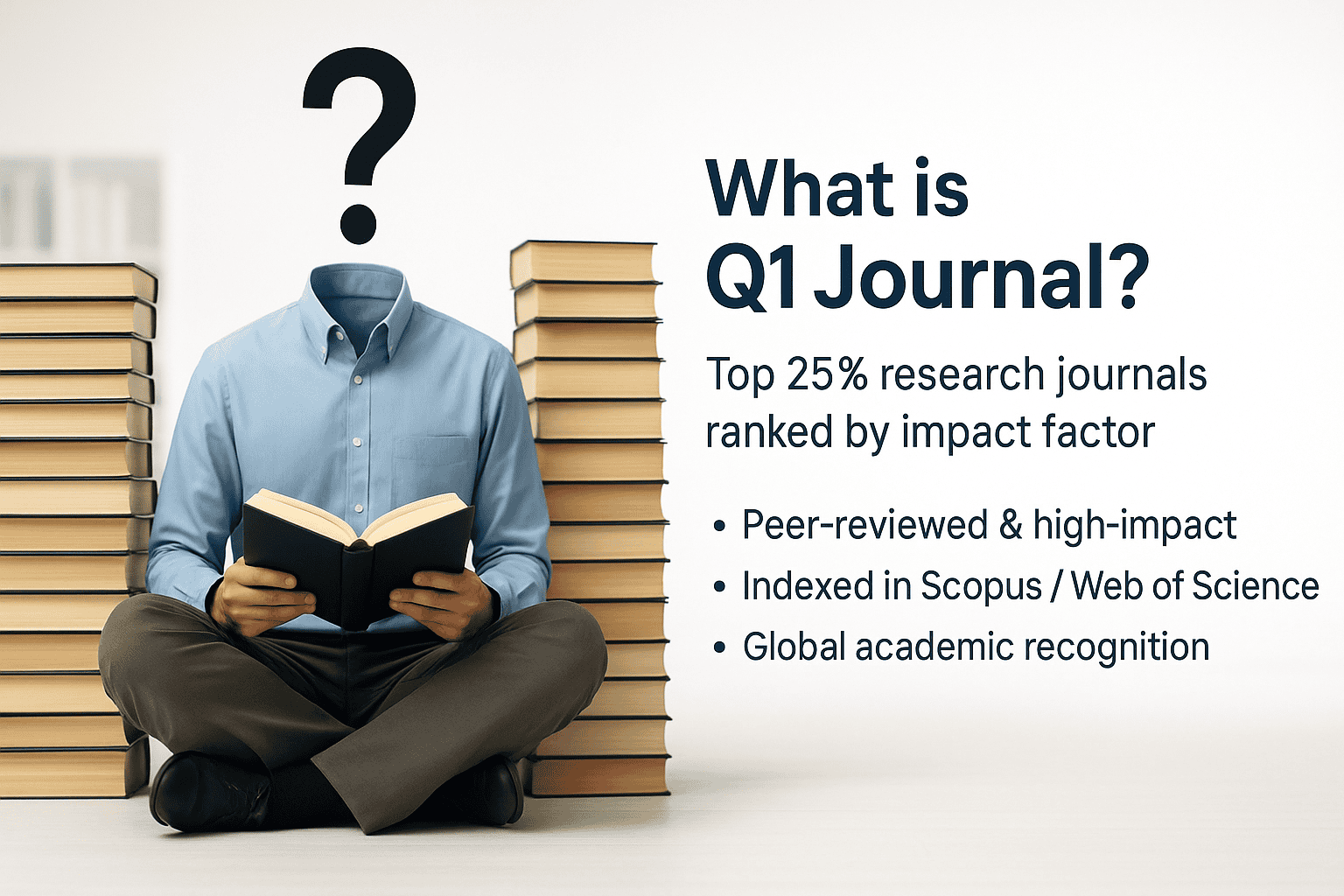In the realm of academic research, selecting the right journal for publication can significantly influence a scholar’s career trajectory. The focus on Q1 journals, which represent the top 25 percent of academic outlets, has grown as these publications enhance visibility and credibility. Researchers worldwide strive to publish in these high-impact journals, recognizing their role in affirming the quality and significance of their work.
Understanding Q1 Journals
Q1 journals are distinguished by their rigorous peer-review processes and high citation rates, making them some of the most reputable platforms for disseminating research. This classification is based on performance metrics derived from databases such as Scopus and Web of Science, which evaluate journals using indicators like impact factor, citation metrics, and overall visibility. A journal’s quartile ranking reflects both its research quality and global influence, with Q1 journals often publishing groundbreaking studies that push the boundaries of knowledge.
The criteria for Q1 status include citation counts, editorial quality, and acceptance rates. While the impact factor—which measures the average number of citations per article—plays a central role, it is not the sole determinant. Journals are also assessed on their peer review standards and international reach. Tools such as the Scimago Journal Rank (SJR) and the Journal Citation Reports (JCR) are invaluable for researchers looking to identify Q1 journals.
Strategic Journal Selection
For researchers, particularly those early in their careers, publishing in a Q1 journal can be transformative. It boosts global visibility, increases citation potential, and opens opportunities for collaborations and funding. The meticulous peer review process in these journals evaluates not only the findings but also the robustness of the methodology, clarity of argument, and originality of the research contribution.
Identifying the right journal is a strategic endeavor. Researchers should first ensure that their paper’s scope aligns with the journal’s objectives. Databases like Scopus, Web of Science, and Scimago offer filters for subject area, SJR score, and impact factor, aiding in the selection process. Reviewing recently published papers in the target journal can also provide insights into writing style and thematic focus.
For those seeking structured guidance, comprehensive resources are available to assist in identifying and publishing in reputable Q1 outlets. These resources offer valuable insights into the nuances of academic publishing, helping researchers navigate the complexities of journal selection.
Publishing in a Q1 journal requires more than rigorous research; it demands precision, clarity, and alignment with the journal’s standards. The process can be time-consuming, often involving lengthy peer review cycles. Nevertheless, the credibility gained from a Q1 publication is worth the effort.
In essence, aiming for Q1 journals is not merely about achieving prestige. It reflects a commitment to contributing to a scholarly community that values quality, transparency, and innovation. The experience gained while preparing a Q1 journal paper helps refine research skills and deepen understanding of academic publishing norms.
Ultimately, the journey toward publishing in Q1 journals is about setting higher standards for one’s research and striving to make a meaningful impact in the field. As the landscape of academic publishing continues to evolve, researchers are encouraged to embrace the challenge and rewards of aiming for top-tier journals.







